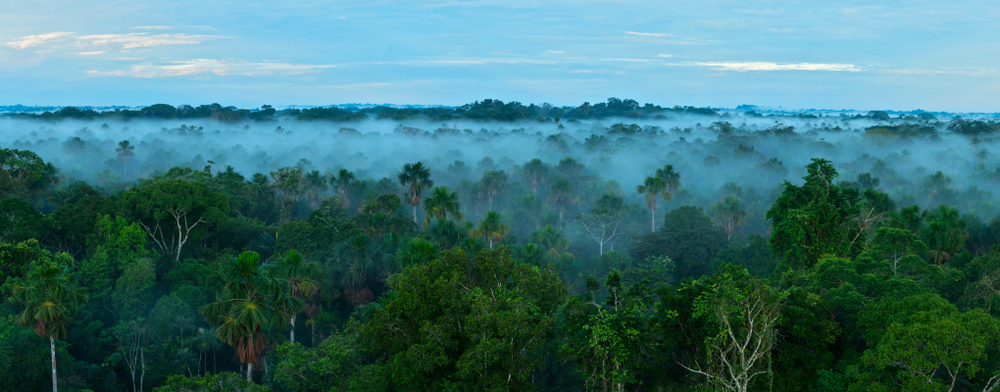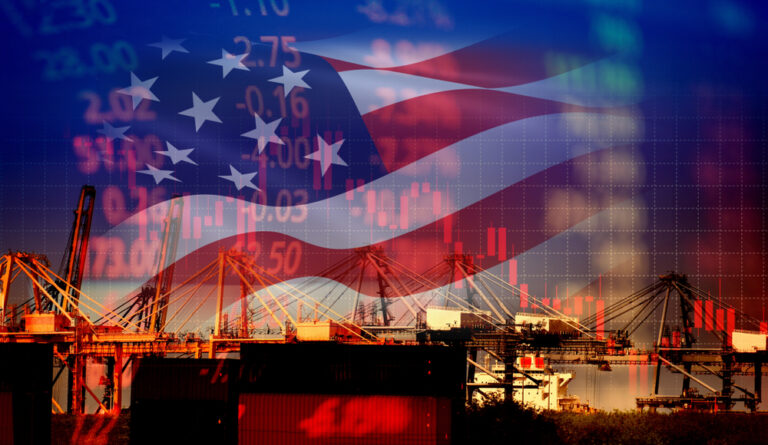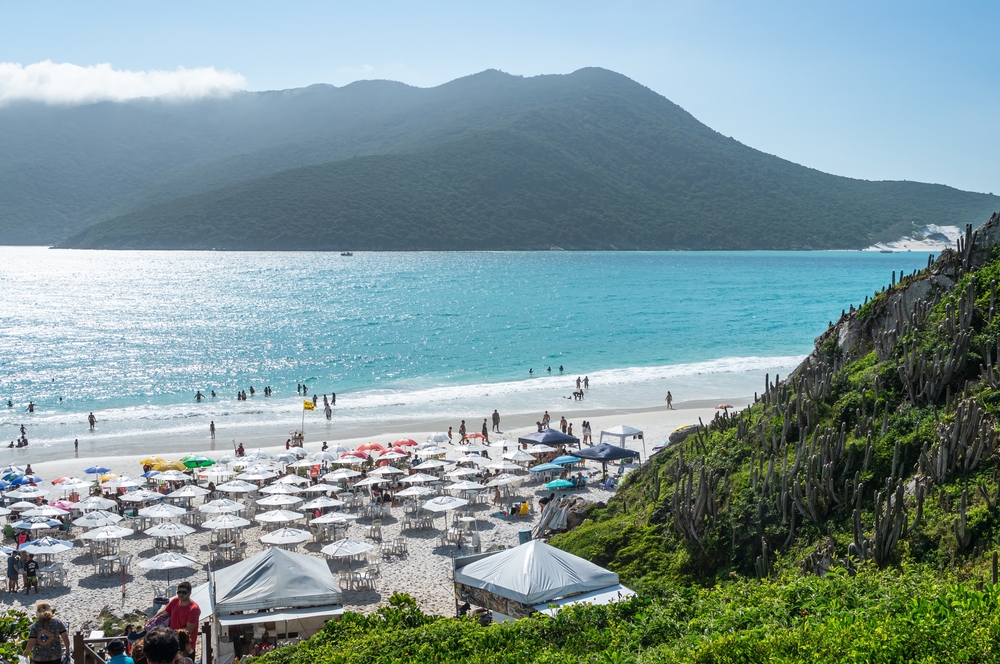The Amazon rainforest stands as one of the most critical ecosystems on the planet, teeming with biodiversity and playing a pivotal role in global climate regulation. Over the past decades, environmental policy has evolved to address the urgent need to protect this invaluable resource. The integration of robust environmental policies is essential for the sustained preservation of the Amazon.
Historically, efforts to safeguard the Amazon have been shaped by a mix of local, national, and international initiatives. Various stakeholders, including governments, civil society, and international organizations, have collaborated to create policies aimed at curbing deforestation and promoting sustainable land use. Despite these efforts, challenges remain as economic pressures and political dynamics often hinder progress.
Key players in Amazon protection include not only policymakers but also corporations and local communities. Innovative technologies are being harnessed to monitor deforestation and track policy impacts, while grassroots initiatives are empowering local communities to play an active role in conservation efforts. This multifaceted approach is crucial for ensuring the future health and sustainability of the Amazon.
Table of Content
ToggleKey Takeaways
- Environmental policies are vital for Amazon protection.
- Collaboration among various stakeholders enhances policy effectiveness.
- Technology and community engagement are key to sustainable conservation efforts.
Historical Context of Environmental Policy
Environmental policy in the Amazon has undergone significant changes driven by conservation efforts, legislative actions, and varied deforestation trends in Latin America. Brazil, in particular, has played a pivotal role in shaping these policies.
Environmental Milestones and Legislation
Several key milestones have shaped environmental policies in the Amazon. Early legislative actions focused on land use regulation, with notable laws like Brazil’s Forest Code of 1965. This law aimed to control deforestation by setting requirements for forest coverage on private lands.
In the late 20th century, environmental awareness grew, influenced by international pressure and local movements. The establishment of the Ministry of the Environment in Brazil in 1992 marked a crucial step. This era saw the introduction of community-based protection systems to involve local populations in conservation efforts. Additionally, Brazil’s participation in global agreements like the Paris Agreement has reinforced its commitment to environmental protection.
Deforestation Trends in Latin America
Deforestation in Latin America, and especially the Amazon, has fluctuated over the decades. In the 1960s and 1970s, extensive clearing of the Amazon forest was driven by agricultural expansion and infrastructure projects such as highways. The rate of deforestation peaked in the late 20th century, prompting significant concern.
Throughout the 2000s, efforts like regulatory reforms and forest concessions were implemented to curb tree loss. These efforts saw some success, reducing deforestation rates in certain periods. However, challenges remain, with illegal logging and land disputes continuing to threaten forest areas. The dynamic nature of these trends underscores the ongoing struggle to balance development with environmental conservation.
Conservation Efforts in Brazil
Brazil has been at the forefront of Amazon conservation. The establishment of protected areas has been a major strategy. From the creation of the first national parks in the 1960s to the proliferation of sustainable use reserves in recent decades, these areas aim to preserve biodiversity while supporting local communities.
One notable initiative is the community-based environmental protection which involves residents in managing and protecting natural resources. International collaborations have also played a role, providing funding and expertise to support conservation projects. Despite these efforts, challenges such as political changes and economic pressures continue to impact the effectiveness of conservation measures in Brazil’s Amazon.
The Amazon Ecosystem and Its Global Significance
The Amazon rainforest is essential for maintaining the planet’s climate and supporting countless species. Scientists agree that its preservation is crucial for both biodiversity and climate regulation.
Biodiversity and Climate Regulation
The Amazon is home to an extraordinary range of plant and animal species. It’s one of the most biodiverse regions on Earth. This forest provides habitat for around 10% of the world’s known species. Many of these species are found nowhere else on the planet. They rely on the unique environment that the Amazon offers.
The forest also plays a critical role in regulating the global climate. It absorbs a significant amount of carbon dioxide from the atmosphere. This helps mitigate the effects of climate change. When trees are cut down, they release stored carbon dioxide, contributing to global warming. Protecting the Amazon is essential for reducing carbon emissions and maintaining global climate stability.
The Amazon in Climate Change Science
The Amazon’s large forest biomass is an important area of study for climate change science. Researchers have found that these forests hold a vast amount of carbon. For example, protected areas in the Amazon have the potential to avoid substantial carbon emissions by 2050. This makes the Amazon a vital area for climate change mitigation efforts.
Maintaining the Amazon’s health is critical for the earth’s atmospheric balance. Scientists use data from the Amazon to understand the broader impacts of deforestation and climate change. This data helps predict future environmental scenarios and develop policies that can mitigate adverse effects. Without the Amazon, global strategies to combat climate change would face significant setbacks.
Research also highlights the Amazon’s role in stabilizing regional climates. For instance, the rainforest helps to regulate precipitation patterns, which is essential for agriculture and water supplies both locally and globally. Thus, the Amazon is not only a natural treasure but also a key component in the fight against climate change.
Environmental Policies for Amazon Protection
Effective environmental policies are critical for the protection of the Amazon. These policies often involve international agreements and alignment with sustainable development goals to ensure conservation and sustainability.
International Agreements on Forest Conservation
One of the key international agreements that impact the Amazon is the United Nations Framework Convention on Climate Change (UNFCCC). The UNFCCC focuses on reducing greenhouse gas emissions, which in turn helps protect large forest areas like the Amazon.
REDD+ (Reducing Emissions from Deforestation and Forest Degradation) is another significant initiative. This program promotes forest conservation by providing financial incentives to developing countries to reduce forest loss.
International partnerships, such as those between Brazil and Norway, have provided substantial funding to support conservation projects in the Amazon. These partnerships often tie financial aid to measurable outcomes in forest preservation and sustainable land use.
Sustainable Development Goals
The Sustainable Development Goals (SDGs) set by the United Nations include several targets directly related to environmental protection and sustainability. Achieving these goals demands a balance between protecting the environment and promoting development.
Goal 13 focuses on climate action, which includes measures to combat deforestation in the Amazon. Programs under this goal support the development of renewable energy sources and sustainable agricultural practices.
Goal 15 emphasizes life on land, targeting the halt of biodiversity loss. Conservation initiatives under this goal often involve reforestation projects and the protection of habitats critical to the diverse species of the Amazon.
Efforts to align national policies with these international benchmarks ensure a coordinated approach to conservation and development, fostering long-term sustainability in the Amazon region.
Corporate Responsibility and Sustainability
Corporate responsibility and sustainability focus on efforts by businesses to reduce environmental impact. Important areas include initiatives for achieving net-zero carbon emissions and innovations in sustainable business practices.
Net-Zero Carbon Initiatives
Many companies have made commitments to reach net-zero carbon emissions. Amazon, for example, has pledged to meet this goal by 2040 through its Climate Pledge. This includes measures to reduce greenhouse gases across its operations.
Steps include investing in renewable energy and rethinking logistics to cut emissions. Suppliers are also engaged to align their practices with Amazon’s sustainability goals. Transparent reporting and regular audits are used to track progress and ensure accountability.
Innovations in Sustainable Business Practices
Innovation plays a key role in driving sustainable business practices. Businesses are adopting circular economy models, where products are designed to be reused or recycled. Amazon has implemented measures like frustation-free packaging to minimize waste.
Water conservation, ethical sourcing, and employee rights are other critical areas. Companies are increasingly focused on protecting natural resources while maintaining profitability. These innovative practices are essential for achieving long-term sustainability goals and fostering a culture of environmental responsibility in business operations.
The Role of Technology and Innovation
Technology and innovation play crucial roles in advancing environmental policy and protecting the Amazon. Key areas include the use of electric delivery vehicles, renewable energy advancements, and innovative waste reduction solutions.
Electric Delivery Vehicles in E-Commerce
Electric delivery vehicles significantly reduce carbon emissions in e-commerce. Using electric vans and trucks minimizes the environmental impact of delivering goods. These vehicles also lower noise pollution and maintenance costs.
For example, companies like Amazon are adopting electric delivery vehicles to cut down on fossil fuel consumption. They are transitioning their fleet to electric to help achieve their sustainability goals. The widespread use of these vehicles can lead to a substantial decrease in greenhouse gas emissions, benefiting the Amazon and other sensitive ecosystems.
Renewable Energy Advancements
Renewable energy is vital for reducing dependence on fossil fuels. Solar, wind, and hydroelectric power offer sustainable alternatives. These energy sources limit the harmful effects of traditional electricity generation on the Amazon.
Innovations in renewable energy are making these options more efficient and affordable. For instance, advancements in solar panel technology increase energy output while reducing costs. Wind turbines are becoming more effective, harnessing more energy from the wind. Hydroelectric projects are being designed to minimize their ecological footprint, protecting aquatic ecosystems in the Amazon.
Innovative Solutions for Waste Reduction
Innovative solutions for waste reduction are essential in environmental policy. Reducing waste helps preserve the Amazon’s biodiversity. One approach is improving packaging to minimize material use and increase recyclability.
Developments in biodegradable and recyclable materials contribute to this goal. For example, some companies are designing packaging from plant-based materials that decompose rapidly. Others are using recycled plastics to create new products, reducing the demand for virgin plastic. These efforts help decrease pollution levels and maintain the health of the Amazon’s ecosystems.
Community Engagement and Partnerships
Effective environmental policies in the Amazon rely heavily on engaging communities and forming partnerships. Through collaboration with indigenous communities and educational initiatives for sustainability, these efforts support climate action and conservation.
Collaboration with Indigenous Communities
Indigenous communities play a critical role in protecting the Amazon. Programs such as the Socio Bosque initiative in Ecuador improve community participation by incorporating local feedback into conservation efforts. This helps address potential conflicts and ensures the well-being of these communities.
In Brazil, the Amazon Region Protected Areas program collaborates with domestic institutions to align conservation efforts with local needs. These partnerships not only protect biodiversity but also enhance local livelihoods through sustainable practices and benefit-sharing agreements.
Educational Initiatives for Sustainability
Educational initiatives are key to fostering sustainable practices in the Amazon. Teaching communities about sustainable development helps them understand the importance of conservation. These programs often include workshops and training sessions focused on sustainable agriculture and forest management.
The Sustainable Settlements in the Amazon project targets deforested areas, aiming to boost agricultural production while preserving standing forests. Additionally, NGOs such as the Amazonian Institute of Conservation and Sustainable Development use various engagement strategies to educate and empower local residents, ensuring long-term environmental stewardship.
Monitoring and Reporting Impact
Effective monitoring and reporting are essential for understanding the impact of environmental policies in the Amazon. They provide data-driven insights and are guided by established sustainability standards.
Data-Driven Approaches to Environmental Impact
Monitoring environmental impact in the Amazon relies heavily on data-driven approaches. Advanced tools like remote sensing and Geographic Information Systems (GIS) help track deforestation and biodiversity changes in real-time. For instance, the increased presence of police force in the Amazon has been monitored using similar technologies, helping in policy enforcement efforts (Command and Control).
Satellite imagery offers a comprehensive view of forest cover and land use changes. Combining this with other data sources provides a multi-faceted view of environmental degradation and conservation success. Transparency in data collection and sharing is crucial for credibility and collaboration among stakeholders, including researchers, policymakers, and indigenous communities.
Sustainability Reporting Standards
Adhering to sustainability reporting standards ensures that environmental impacts are consistently monitored and reported. These standards guide how organizations disclose their environmental performance, making it easier to compare and evaluate efforts across different regions.
Brazil has made notable progress in establishing these benchmarks, which support deforestation monitoring (Brazil’s Environmental Policies). Sustainability metrics, such as carbon emissions and biodiversity indices, are commonly included in reports. By following these standards, Amazon conservation efforts can be better aligned with global environmental goals, ensuring measurable progress in protecting this vital ecosystem.
Future Outlook
Achieving net-zero carbon emissions by 2040 and ensuring the long-term conservation of the Amazon require strategic action and significant investments. These approaches are key to addressing the climate crisis and preserving this vital region for the future.
Paths to Achieving Net-Zero Carbon by 2040
To reach net-zero carbon emissions by 2040, multiple paths must be explored. Decarbonizing energy sources is critical. By increasing investments in renewable energy like solar and wind, the dependency on fossil fuels can be reduced.
Embracing sustainable agricultural practices also plays a role. Practices such as agroforestry help maintain the forest cover while providing economic benefits. Policies to limit deforestation and reforest degraded lands are essential.
Additionally, carbon pricing mechanisms can be enforced to incentivize reducing emissions. Strong international collaboration is required to meet these targets, ensuring that countries adhere to global climate agreements and commitments.
Long-Term Conservation Strategies
Long-term conservation strategies for the Amazon involve multiple layers of protection and sustainable management. Establishing protected areas and strengthening conservation policies can mitigate deforestation.
Indigenous land rights must be respected and supported. Indigenous communities possess traditional knowledge crucial to forest conservation. Investments in community-led conservation efforts amplify their impact.
Monitoring and enforcement efforts need to be enhanced. Using satellite technology to detect illegal logging can help authorities act promptly. Education and awareness campaigns are also important. Engaging local and global communities in conservation activities promotes a deeper respect for the Amazon.
Conservation incentives, like paying landowners to keep forests intact, can further support these strategies, ensuring the Amazon’s environmental wealth is preserved for future generations.
Frequently Asked Questions
Amazon has taken significant steps to align its operations with sustainability goals, focusing on reducing its carbon footprint and protecting local ecosystems. They share progress through sustainability reports and integrate environmental considerations into their supply chain management.
How does Amazon’s environmental policy align with sustainability goals?
Amazon’s environmental policy aims to meet ambitious sustainability targets. This includes achieving net-zero carbon by 2040 and using 100% renewable energy by 2025.
What are the primary initiatives in Amazon’s environmental protection plan?
Amazon’s key initiatives include the Climate Pledge, investments in renewable energy projects, and the development of sustainable packaging solutions to reduce waste.
What measures has Amazon taken to reduce its carbon footprint in recent years?
Amazon has increased its electric delivery vehicle fleet, invested in solar and wind energy projects, and improved energy efficiency in its facilities.
How does Amazon’s approach to environmental protection impact local ecosystems?
Amazon’s initiatives aim to protect local biodiversity by reducing pollution and supporting conservation projects. Their efforts help maintain the health of local environments.
In what ways does Amazon report on its sustainability practices and progress?
Amazon publishes annual sustainability reports detailing their environmental achievements, targets, and areas for improvement. These reports provide transparency on their progress.
How does Amazon incorporate environmental considerations into its supply chain management?
Amazon integrates sustainability into its supply chain by optimizing delivery routes, reducing packaging materials, and collaborating with suppliers to lower their environmental impact.












